Our Vision
To emerge as centre of excellence in technical and research so that all the students meet and exceed their personal ,education career and social goals. We strive hard to occupy a place amongst the best institution.
Established in 1984 with a UG intake of 60 students, the department has 12 faculty members, including 1 Professor, 2 Associate Professors, and 9 Assistant Professors. Two faculty members hold Ph.Ds., while two others are pursuing their Ph.D. at VTU, Belagavi. The department has two VTU-recognized research supervisors.
Expertise includes VLSI Design, Wireless Communication, Image Processing, Digital Signal
Processing, and Embedded Systems. The department features state-of-the-art laboratories
and has successfully completed KSCST and VTU-sponsored projects for three consecutive
years.
The Student Faculty Ratio is
Student:Faculty → 150:07
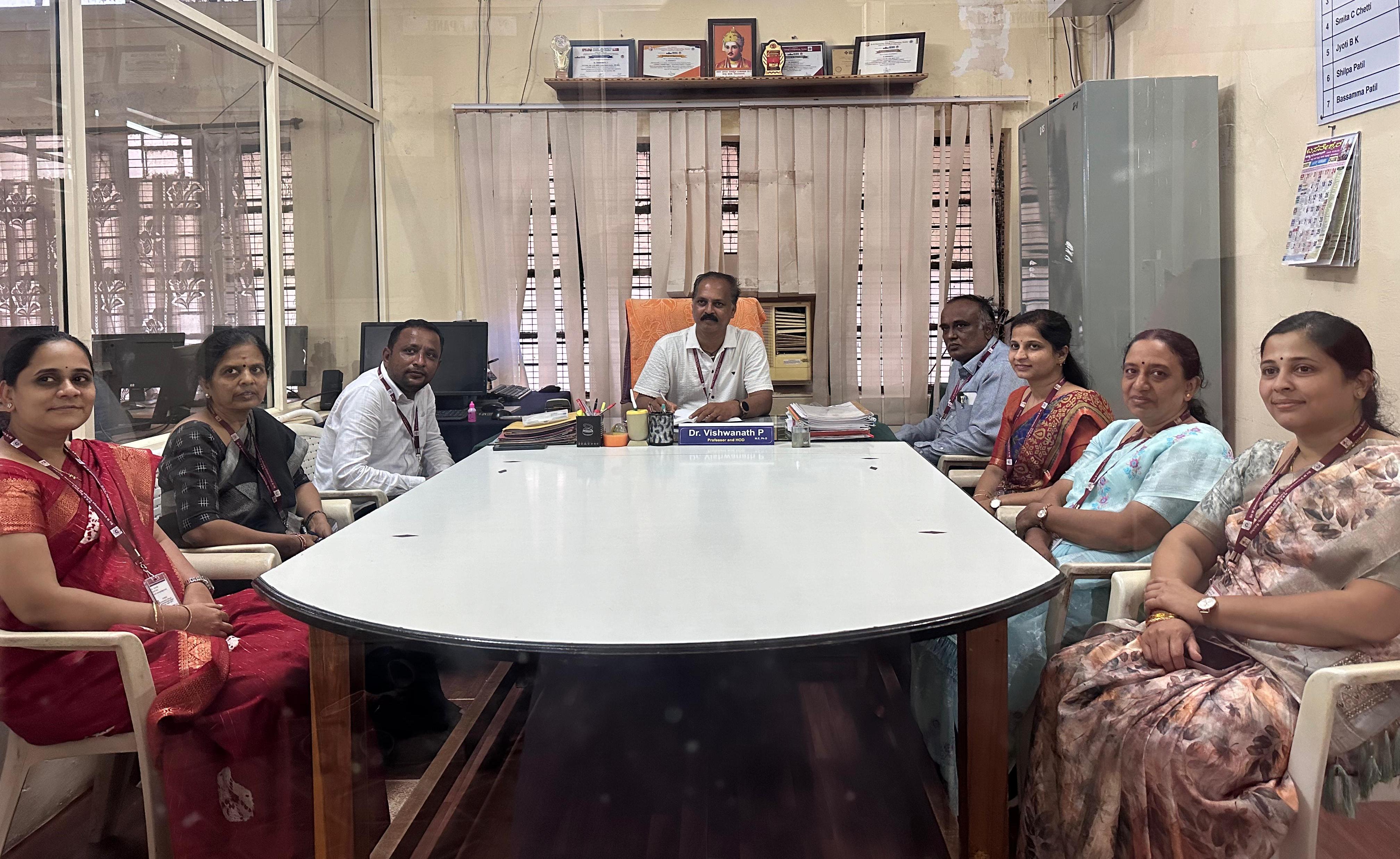
Started in 2021, the branch includes 13 student members, 1 graduate member, and 3 professional members. Activities conducted:
To emerge as centre of excellence in technical and research so that all the students meet and exceed their personal ,education career and social goals. We strive hard to occupy a place amongst the best institution.
PO1 (Engineering knowledge) : Apply the knowledge of mathematics, science, engineering fundamentals, and an engineering specialization to the solution of complex engineering problems
PO2 (Problem analysis) : Identify, formulate, review research literature, and analyze complex engineering problems reaching substantiated conclusions using first principles of mathematics, natural sciences, and engineering sciences.
Enclosed file for Program Outcomes: Download here
PSO1: Specify, design, build and test analog and digital systems for signal processing including multimedia applications, using suitable components or simulation tools.
PSO2: Understand and architect wired and wireless analog and digital communication systems as per specifications, and determine their performance.
| Course Name | Course Code | CO | Description |
|---|---|---|---|
| Transform Calculus, Fourier Series and Numerical Techniques | 21MAT31 | CO1 | To solve ordinary differential equations using Laplace transform. |
| CO2 | Demonstrate Fourier series to study the behaviour of periodic functions and their applications in system communications, digital signal processing and field theory. | ||
| CO3 | To use Fourier transforms to analyze problems involving continuous-time signals and to apply Z-Transform techniques to solve difference equations. | ||
| CO4 | To solve mathematical models represented by initial or boundary value problems involving partial differential equations. | ||
| CO5 | Determine the extremals of functionals using calculus of variations and solve problems arising in dynamics of rigid bodies and vibrational analysis. | ||
| Digital System Design Using Verilog | 21EC32 | CO1 | Simplify Boolean functions using K-map and Quine-McCluskey minimization technique. |
| CO2 | Analyze and design for combinational logic circuits. | ||
| CO3 | Analyze the concepts of Flip Flops (SR, D, T and JK) and to design the synchronous sequential circuits using Flip Flops. | ||
| CO4 | Model combinational circuits (adders, subtractors, multiplexers) and sequential circuits using Verilog descriptions. | ||
| Basic Signal Processing | 21EC33 | CO1 | Understand the basics of Linear Algebra. |
| CO2 | Analyze different types of signals and systems. | ||
| CO3 | Analyze the properties of discrete-time signals & systems. | ||
| CO4 | Analyze discrete time signals & systems using Z transforms. | ||
| Analog Electronic Circuits | 21EC34 | CO1 | Understand the characteristics of BJTs and FETs for switching and amplifier circuits. |
| CO2 | Design and analyze FET amplifiers and oscillators with different circuit configurations and biasing conditions. | ||
| CO3 | Understand the feedback topologies and approximations in the design of amplifiers and oscillators. | ||
| CO4 | Design of circuits using linear ICs for wide range applications such as ADC, DAC, filters and timers. | ||
| CO5 | Understand the power electronic device components and its functions for basic power electronic circuits. | ||
| Analog and Digital Electronics Lab | 21ECL35 | CO1 | Design and analyze the BJT/FET amplifier and oscillator circuits. |
| CO2 | Design and test Opamp circuits to realize the mathematical computations, DAC and precision rectifiers. | ||
| CO3 | Demonstrate the basic electronic circuit experiments using SCR and 555 timer. | ||
| AEC (Analog Electronic Circuits) Lab | 21EC382 | CO1 | Understand the circuit schematic and its working. |
| CO2 | Study the characteristics of different electronic devices. | ||
| CO3 | Design and test simple electronic circuits as per the specifications using discrete electronic components. | ||
| CO4 | Compute the parameters from the characteristics of active devices. | ||
| CO5 | Familiarize with EDA software which can be used for electronic circuit simulation. |

Professor & HoD
Qualification : M.E, Ph.D
Experience : 26 years
Email : drvishwanathp@smvcer.ac.in
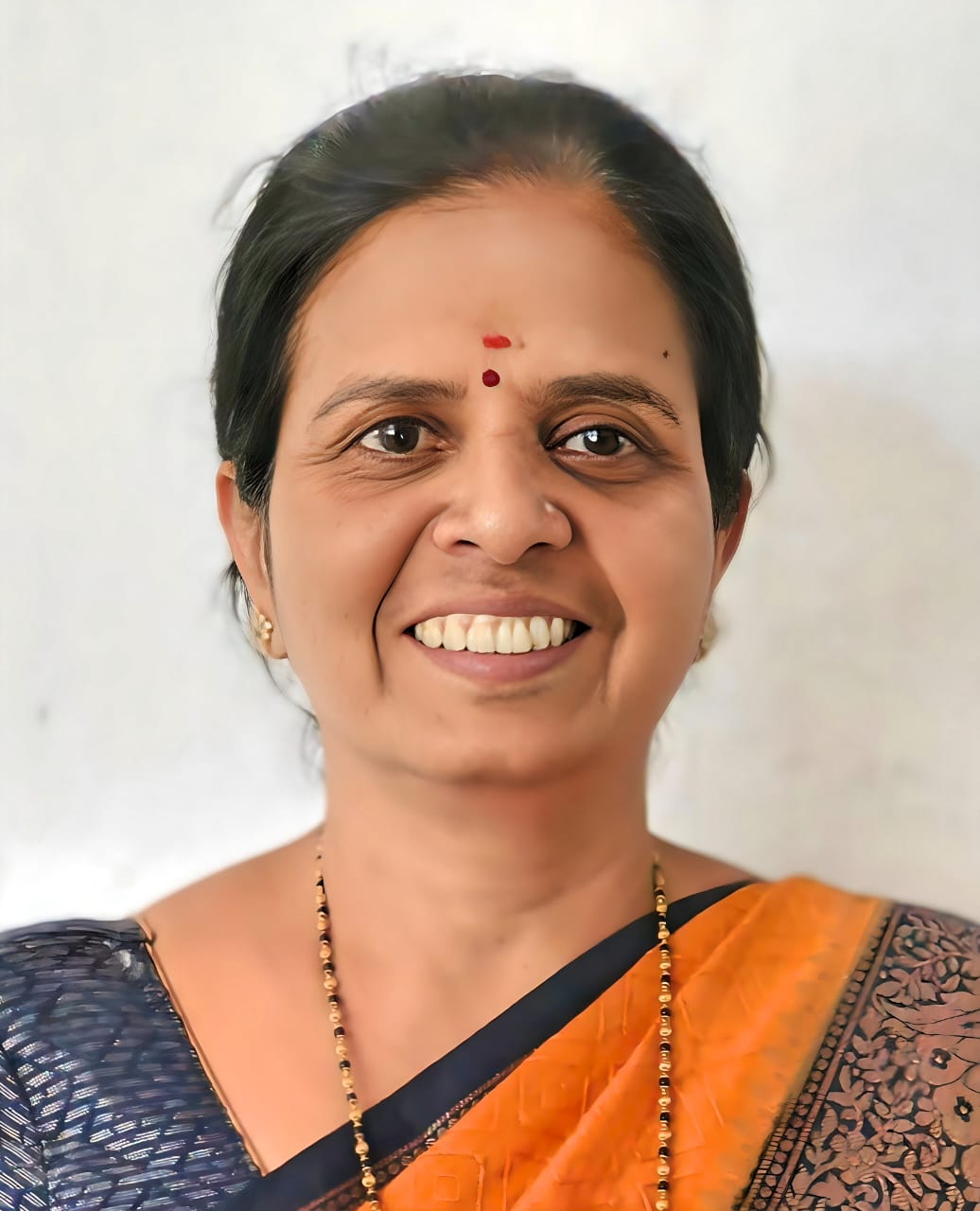
Associate Professor
Qualification : M.E
Experience : 31 years
Email : rachammapatil@smvcer.ac.in
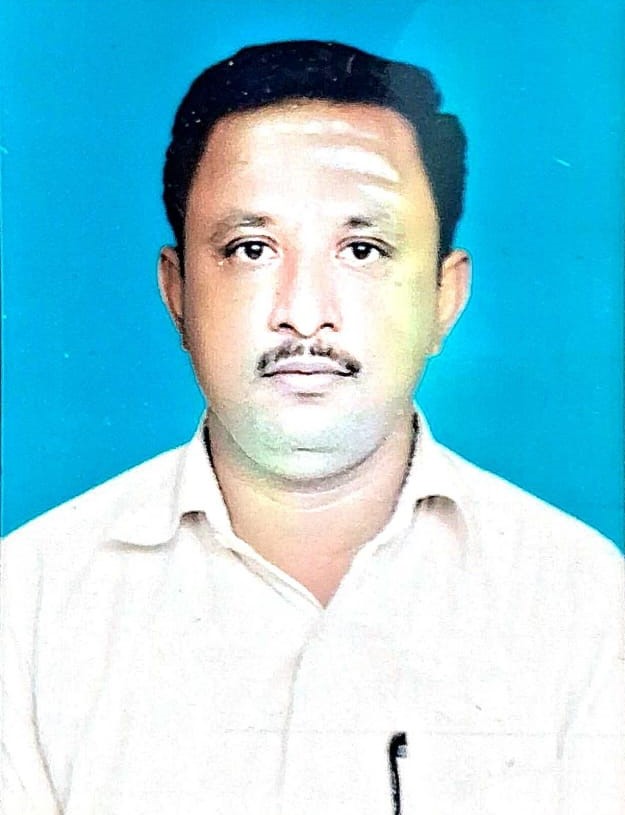
Associate Professor
Qualification : M.Tech, Ph.D
Experience : 20 years
Email : drsangamesh@smvcer.ac.in
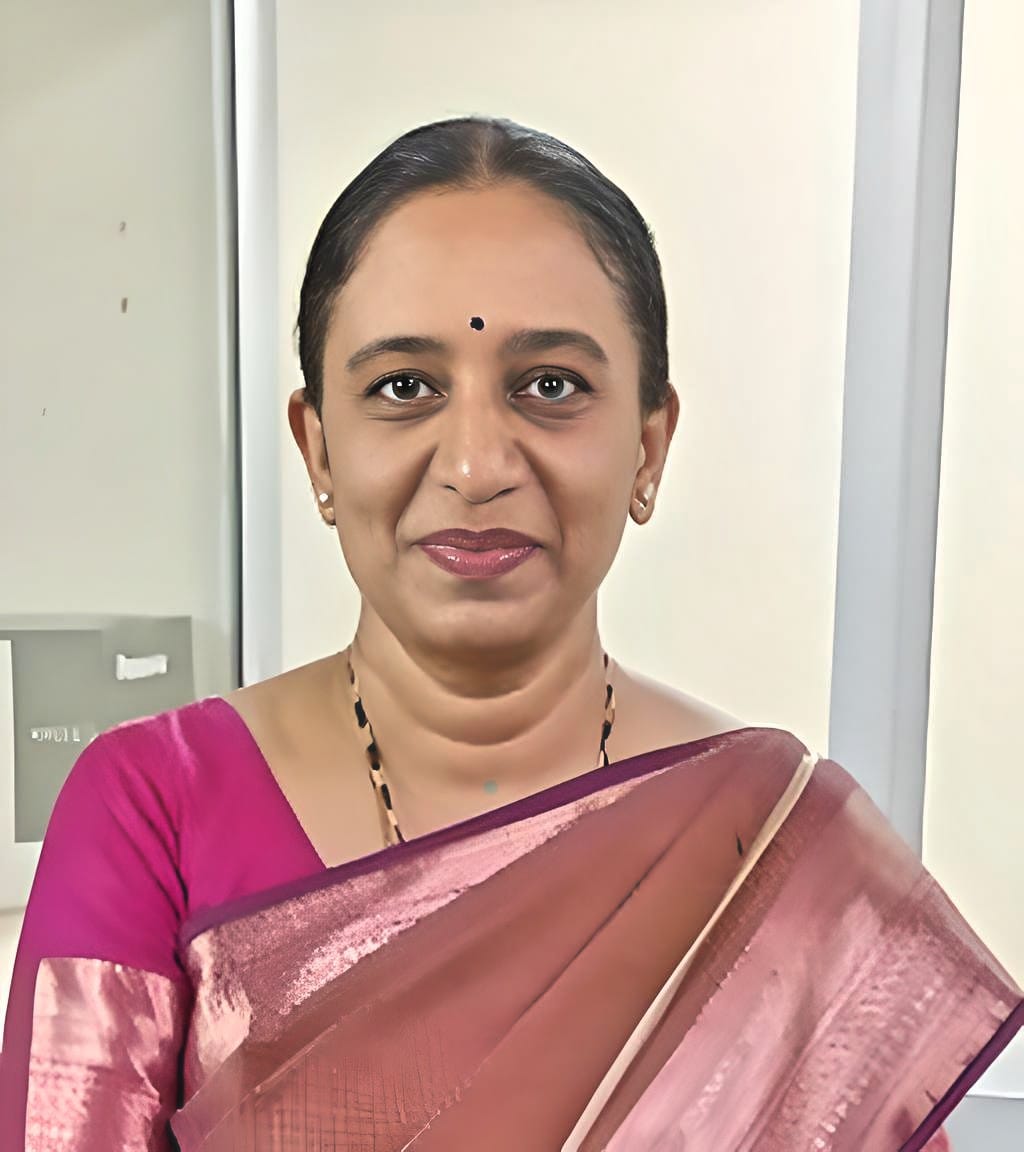
Assistant Professor
Qualification : M.Tech, (Ph.D)
Experience : 22 years
Email : smitachetti@smvcer.ac.in
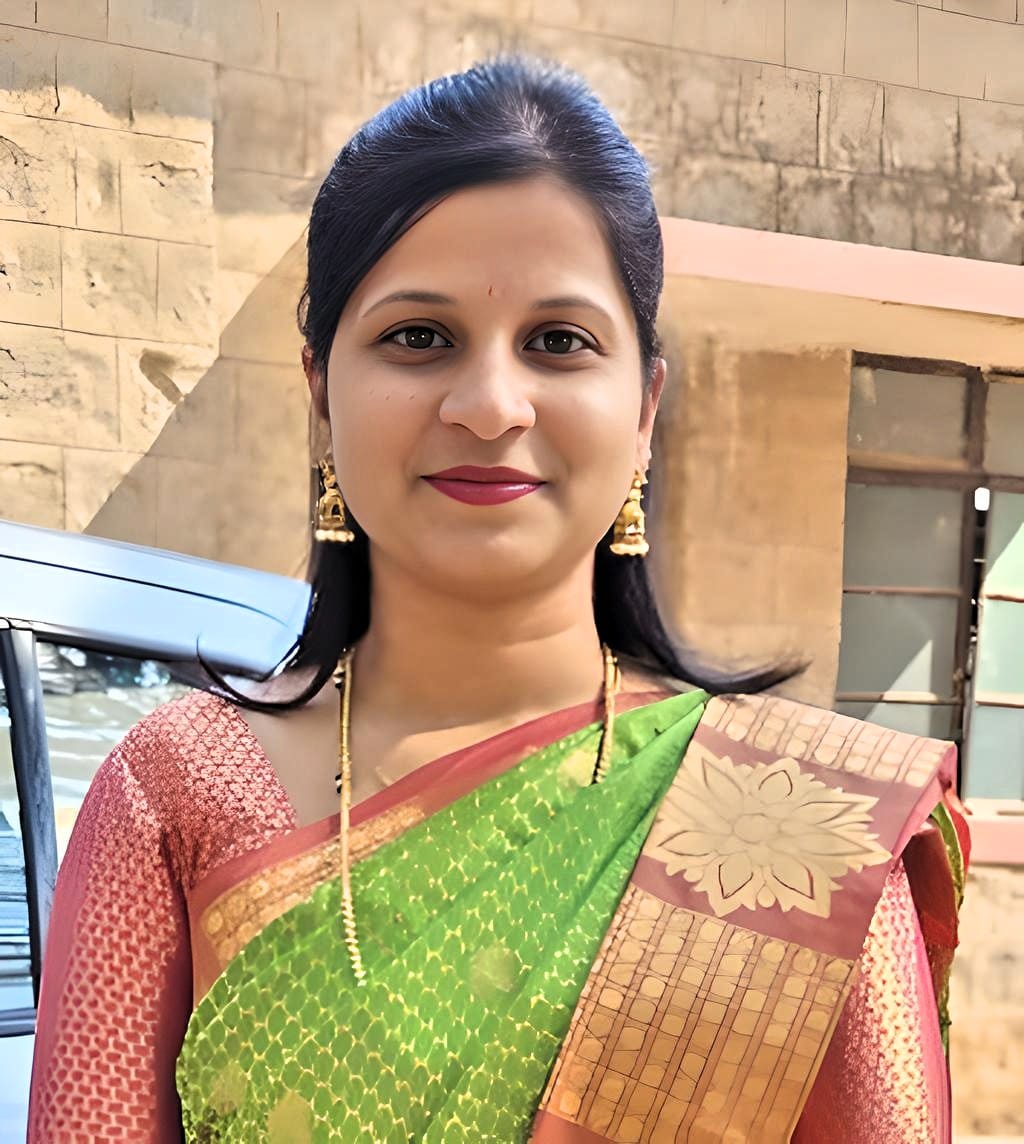
Assistant Professor
Qualification : M.Tech, (Ph.D)
Experience : 10 years
Email : jyotib@smvcer.ac.in
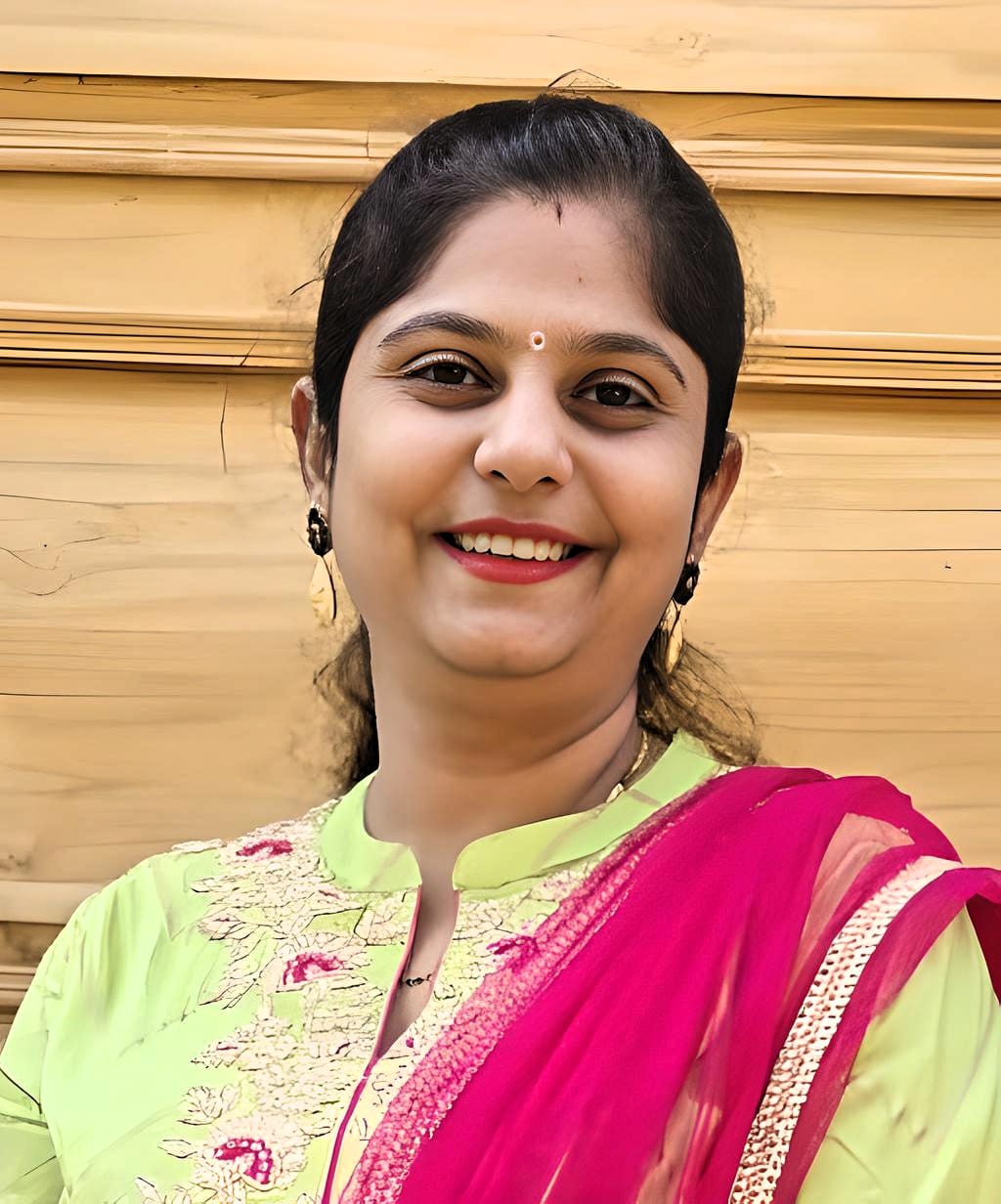
Assistant Professor
Qualification : M.Tech, (Ph.D)
Experience : 8 years
Email : shilpapatil@smvcer.ac.in
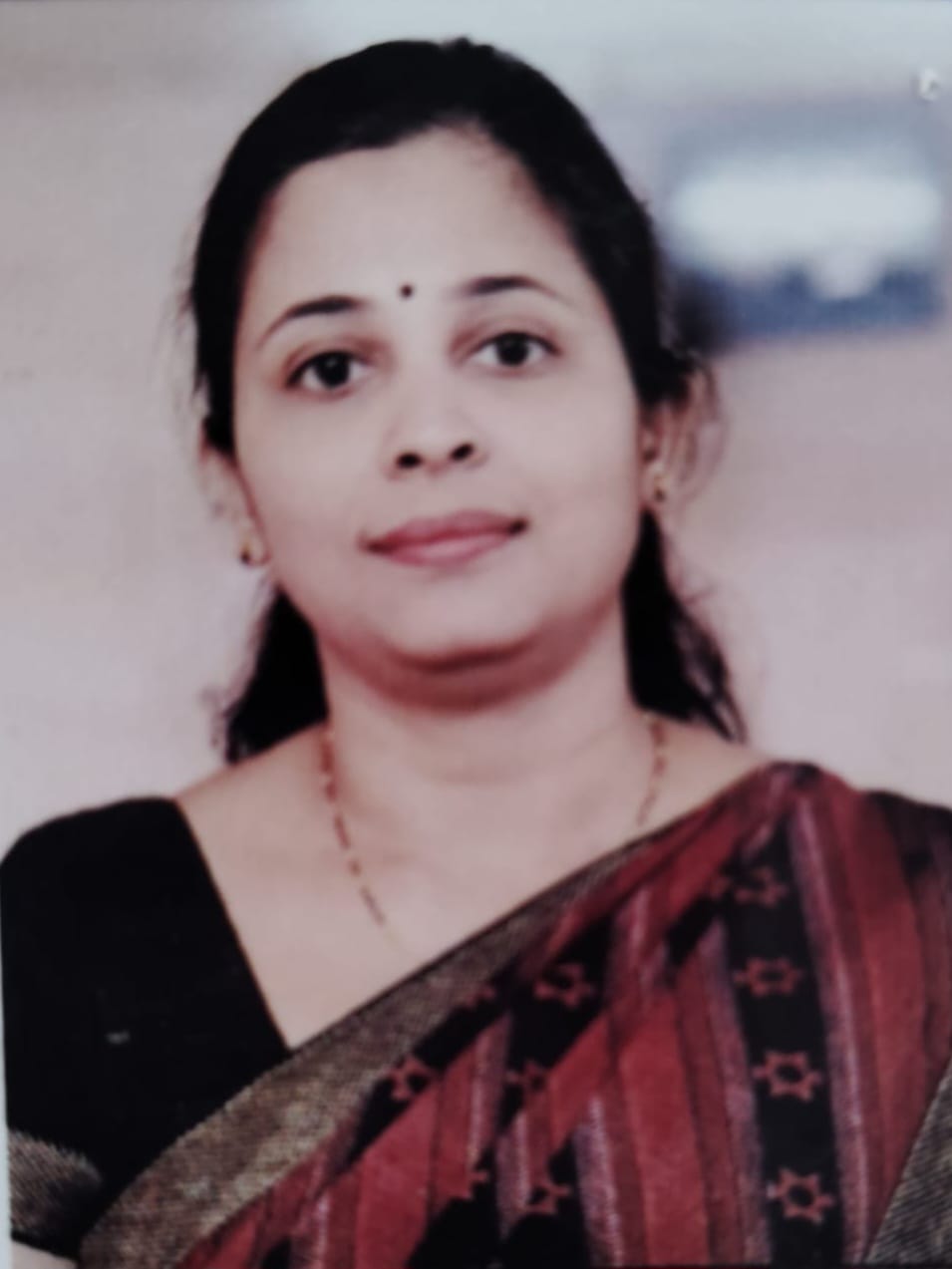
Assistant Professor
Qualification : M.Tech, (Ph.D)
Experience : 6 years
Email : bassammapatil@smvcer.ac.in

Assistant Professor
Qualification : M.Tech
Experience : 17 years
Email : basavarajspatil@smvcer.ac.in
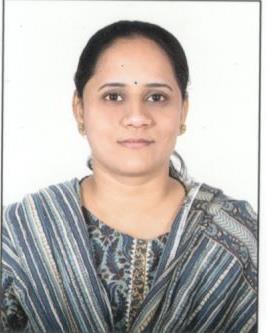
Assistant Professor
Qualification : M.Tech
Experience : 2 years
Email : suma@smvcer.ac.in
The Electronics and Communication Engineering (ECE) Department is equipped with state-of-the-art facilities to support high-quality education and research in the field of electronics, communication, and related areas. The department boasts of advanced laboratories, research centers, and modern computer systems that aid in both theoretical and practical learning. Key highlights of the infrastructure include:
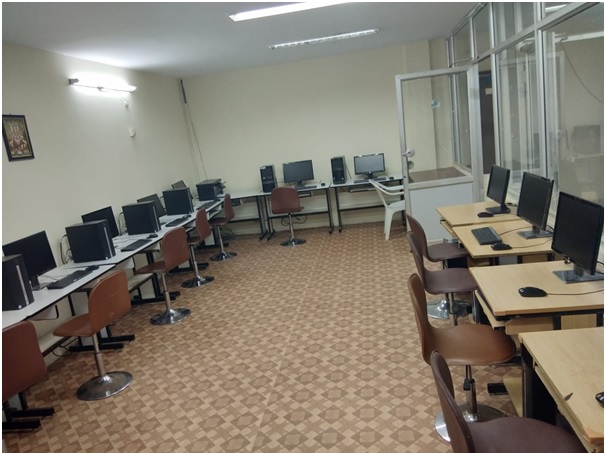
Our infrastructure includes modern resources, tools, and smart learning facilities to support students and faculty.
Computer systems, Function Generator, CROs , Power Supplies
Computer systems, 8051 kits & I/O Modules, CROs , Printer, Ups
Function Generators, CROs , Power Supplies, Signal Generators
Pulse Generators, Power Supplies, CROs , Digital Trainer Kits
Function Generator, Signal Generator, CROs, Power Supplies, Microwave Bench, Fibre Optic Kit, Mirostrip Trainer, Communication Kits
Electrical Lab Trainer Kits
Computer Systems, Power Supplies, Function Generators, DSO's
The Research Centre for Electronics and Communication Engineering was established in the academic year 2019-20 and its continuation was recommended by VTU, Belagavi for 2020-22. The centre aims to provide research facilities for students, faculty, and research scholars under doctoral and master’s programs. It is equipped with 20 computing systems featuring legal software like LABVIEW, Xilinx, and MATLAB. The department has two VTU-recognized research supervisors and access to national and international journals, including the VTU consortium. Plans are in place to sign MoUs with industries to keep students and staff updated on emerging technologies. The centre seeks funding from AICTE, UGC, VTU, and KSCST to support innovative projects.
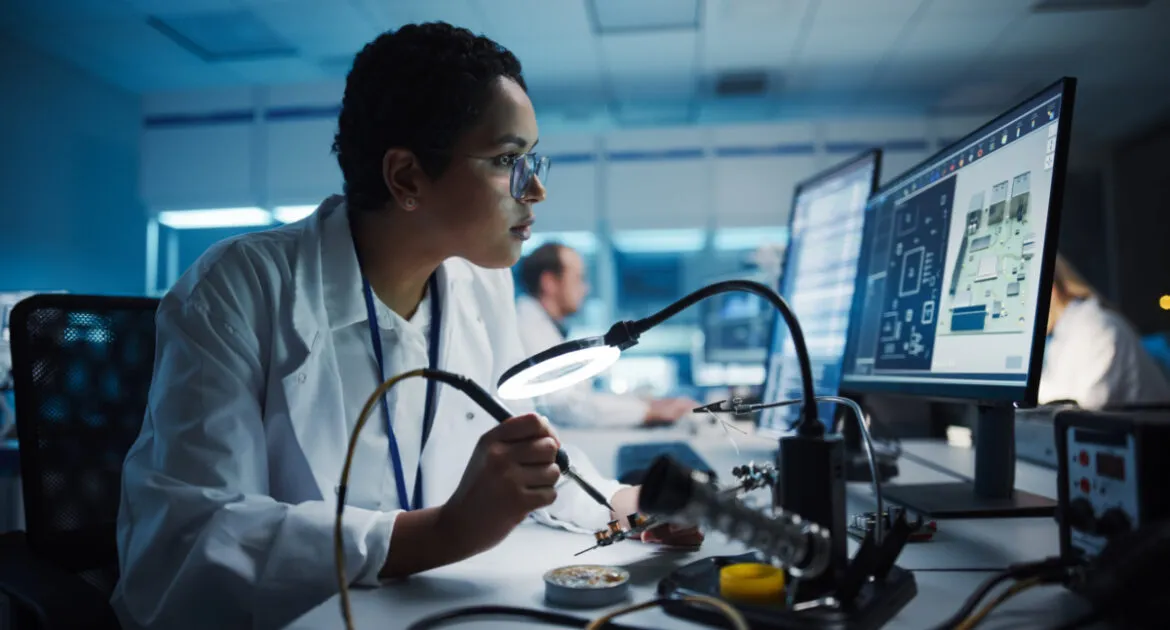
Key Highlights of the Research Centre
Copyright © 2025, Sir M. Visvesvaraya College of Engineering, Raichur. All rights reserved.